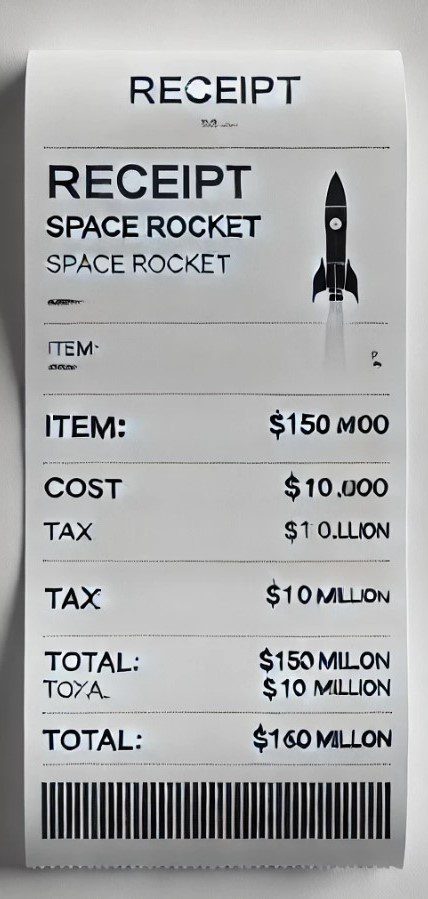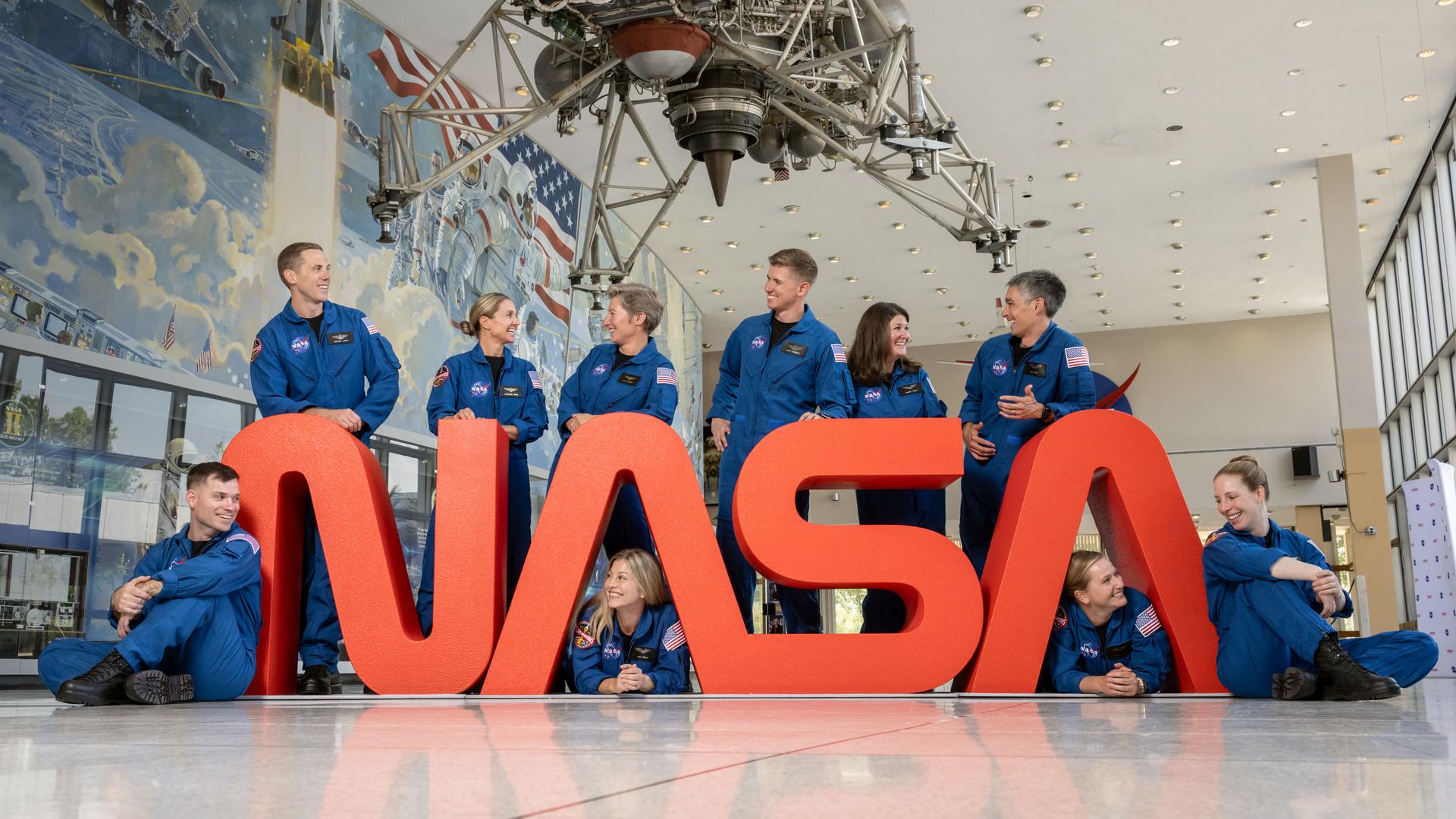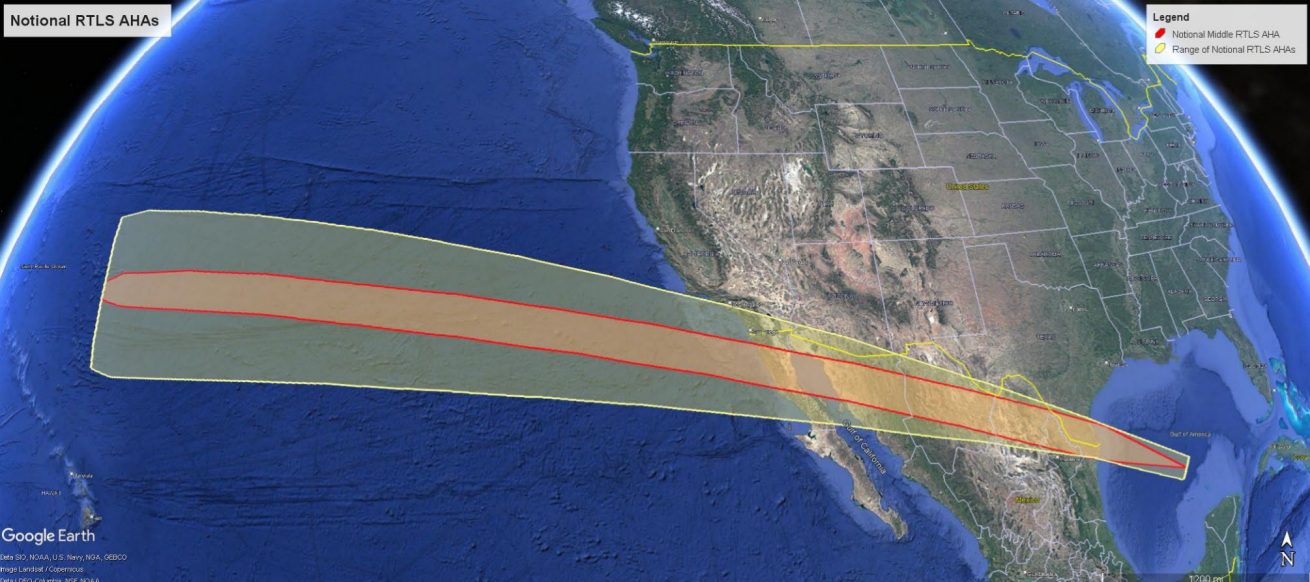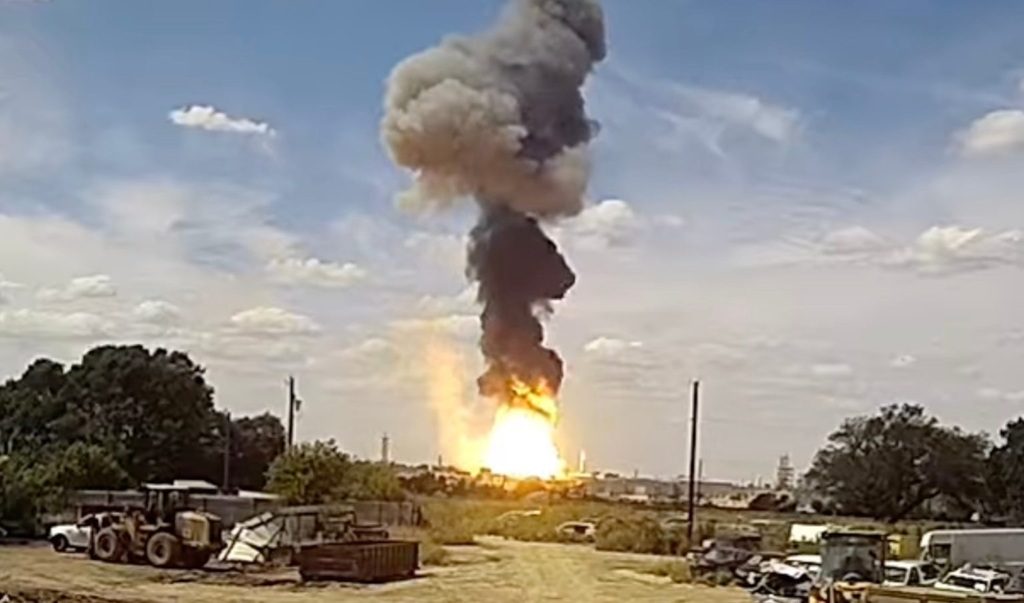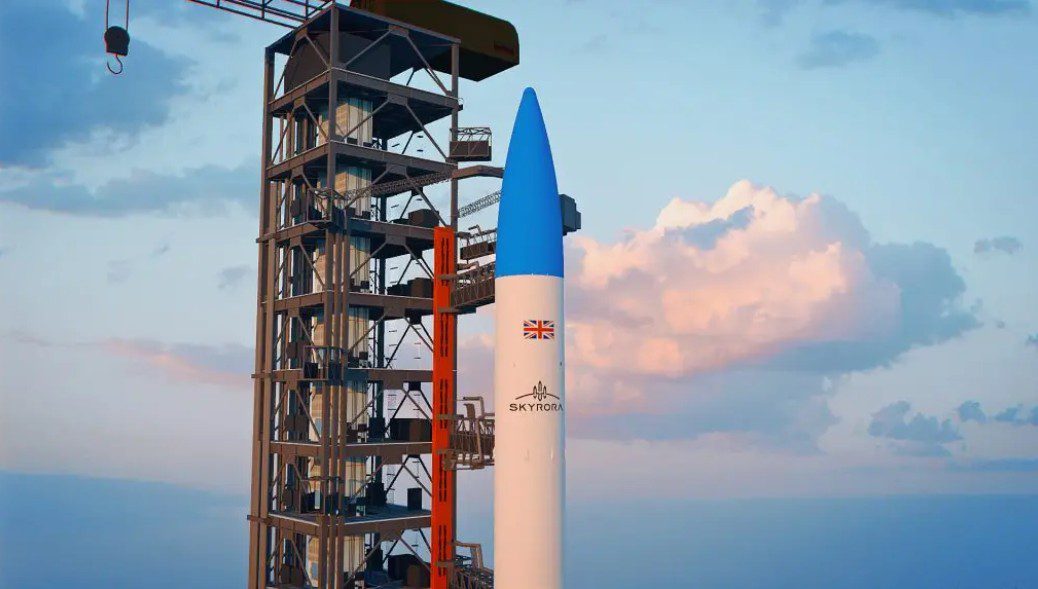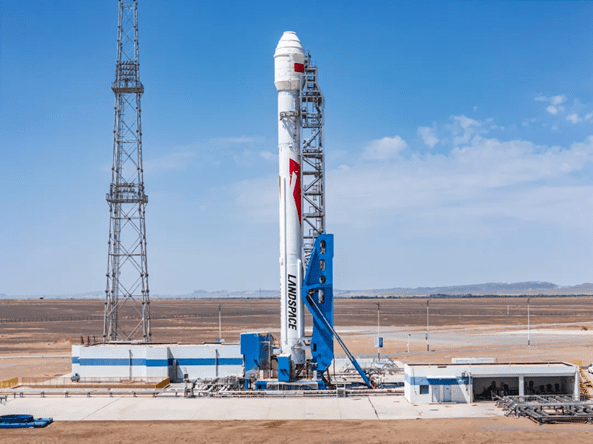The US Federal Aviation Authority (FAA) and the US Air Force (USAF) formally gave its blessing for SpaceX to ramp up the maximum number of Falcon 9 launches plus booster landings from Cape Canaveral, Florida, jumping from 70 to 120 flights per year.
The company has also been permitted to build a third booster landing site there. However, the company must fulfil certain conditions, such as the environmental monitoring of sea turtles at the nearby shore, to comply.
While its Florida launches are now settled, SpaceX also hopes to get permission to double the maximum number of Falcon 9 flights from Vandenberg, California, from 50 to 100. While SpaceX needs permission in the near term for more Falcon 9 launches, these are less likely to be needed as Falcon 9’s successor, the Super Heavy/Starship combination, comes into full orbital service during the next few years.
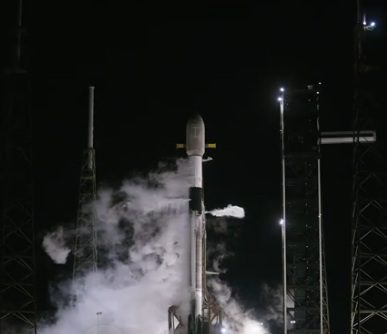
Falcon 9v1.2FT Block 5 vents forth just before its launch carrying Starlink Group 10-15 from Cape Canaveral on 25 September 2025. Courtesy: SpaceX
Starship’s orbital plans
As it prepares for the 11th suborbital test (IFT-11) of its Super Heavy/Starship on 13 October – a flight involving thermal protection modifications to the previous Starship V2 hull – SpaceX is looking ahead to the transition to a full orbital operation using the latest V3 version.
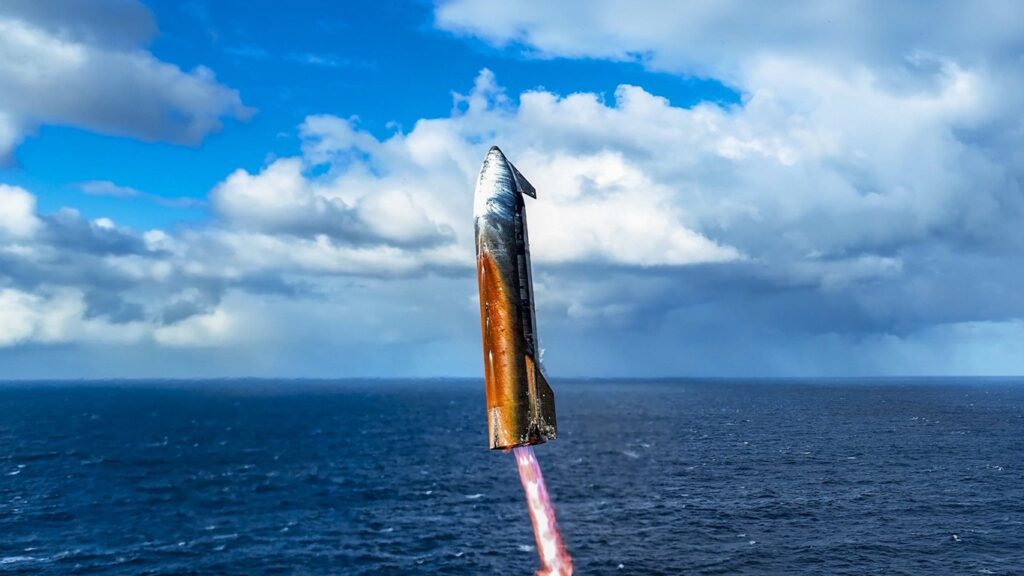
Starship on its IFT-10 mission makes its controlled powered approach to a splashdown in the Indian Ocean. The orange colour was caused by oxidation during a metal thermal protection tile test. Courtesy: Elon Musk/X
Starship test flights have – to date – started from Starbase, Boca Chica, in Texas. The upper stage usually then takes a south-east trajectory towards an eventual splashdown landing in the Indian Ocean.
However, for fully reusable orbital flights, Starship will try to launch eastwards – using a path over Florida or the West Indies. The spacecraft must return to the launch site where the Super Heavy booster will be recovered, using the famous chopstick arms of the launch tower, while the Starship vehicle will land as close as possible to the pad.
To make this return from orbit Starship will be forced to fly over Mexico on its approach from the west. Anticipating the concern that this is likely to raise for civilians, the rocket company has turned its attention to designing a return trajectory that will be as safe as possible.
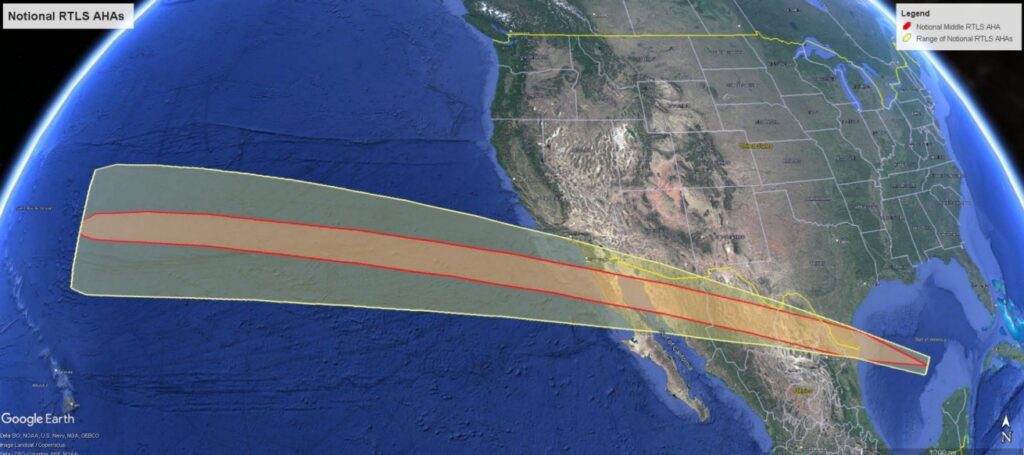
Proposed return flightpath of orbital Starship to Texas launch site. Courtesy: SpaceX/FAA
While SpaceX accepts that it cannot avoid all built up areas, it is deliberately trying to create a flight path that threads itself well away from major cities. The FAA has published proposed launch and landing trajectories in its safety and environmental assessment.
SpaceX also hopes to operate the Super Heavy/Starship combination from Kennedy Space Centre, Florida. The FAA has already started consulting with the public to discuss the environmental and noise impacts, as well as the safety implications.
These include the possible closure of certain beaches and airspace for several hours on up to 60 days a year. A fuller explanation is available here.

